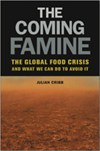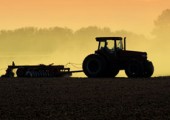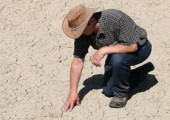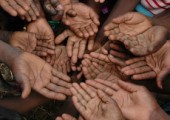
Medicating for our nutrient haemorrhage
Author | Julian Cribb
The world is haemorrhaging nutrients at every link in the chain between farm and fork.
On farm it appears anything up to half of applied nutrients can be lost into soil, water and the environment.
Our resources of mineral nutrients are starting to fail. When Canadian Patrick Dery applied Hubbert’s peak theorem to phosphorus he found, to his dismay, we had passed it in 1989. According to the International Energy Agency, peak oil and gas are due in the coming decade. These spell scarcity and soaring prices in the primary nutrients – N, P and K – that sustain all advanced farming systems worldwide.
At the other end of this equation we are ruining our rivers, lakes, seas and oceans in ways that prevent our getting more food from them. Each year we pump around 150 million tonnes more nitrogen and 9 million tonnes more phosphorus into the biosphere than the earth’s natural systems did before humans appeared: we have utterly modified the planet’s nutrient cycle, more radically even than the atmosphere or fresh water cycle. That we may double our release of nutrients to the environment as we seek to redouble food output is alarming. According to Nature this is one of the safe planetary boundaries the human race has already crossed.
Then there’s waste. In developed countries we throw away from a third to half of all food produced, in developing countries we lose similar amounts post-harvest. All told, the Stockholm Institute calculates we waste 2600 out of every 4600 kilocalories of food harvested.
Put another way, half the achievements of world agricultural scientists and farmers of the past 50 years are going to landfill.
While a billion starve, we waste food enough to feed 3 billion.
Julian Cribb is an award winning science writer with over 7000 published articles. He is a Fellow of the Australian Academy of Technological Sciences and Engineering (ATSE) and principal of Julian Cribb & Associates, consultants in science communication.
His book ‘The Coming Famine’ is about the global food crisis.






